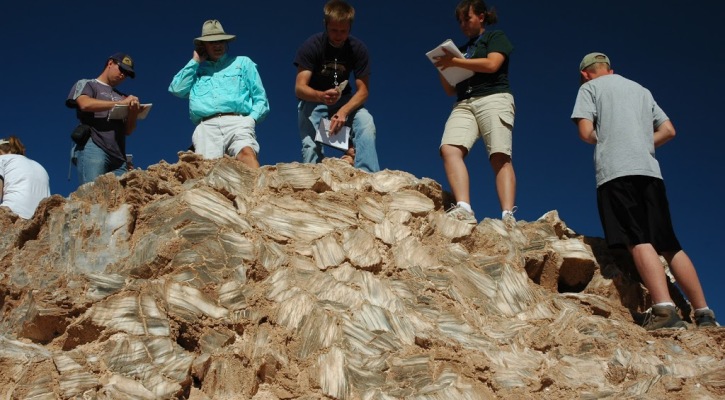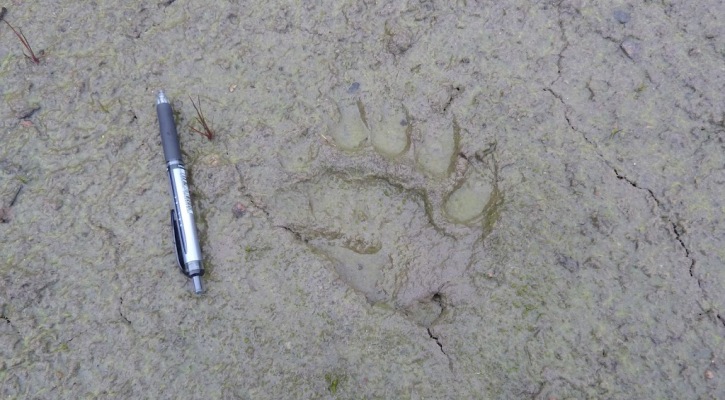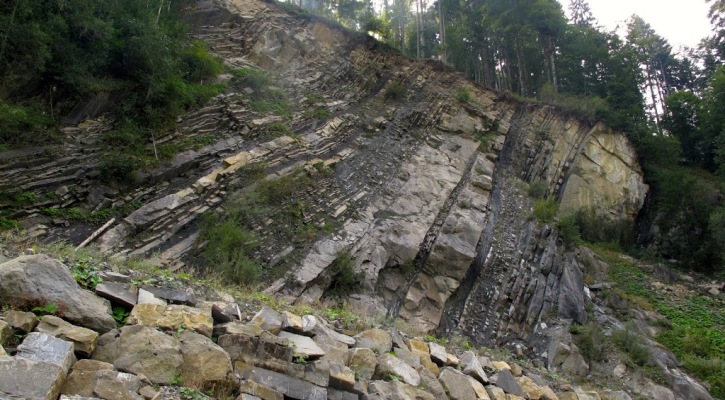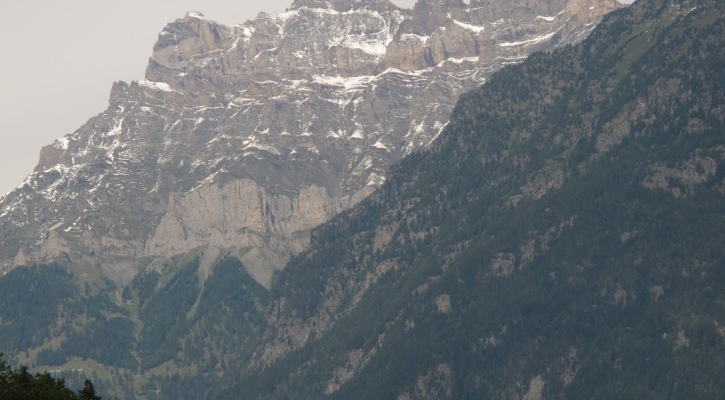This weeks fab five comes from my old stomping grounds: the Colorado Plateau. Prof. Tom Morris (in the aquamarine shirt) standing atop Glass Mountain in Capitol Reef National Park, Utah. Glass Mountain is a large diapir of selenite. Selenite is a variety of gypsum (CaSO4•2H2O) in the form of glassy crystals. Glass Mountain formed as […]
Chris Spencer
Labrador
Labrador has a fabulous diversity of geology. It has rocks as old as 3.8 billion years old to the present. In addition to rocks, Labrador also is known for: Bears… Wide expanses of pine trees… Blueberries! Most of the best exposures in Labrador are to be found in quarries. These quarries are large […]
New York City
Although New York City is not thought of as a mecca for geologists you would be surprised at the hidden gems it has to offer. My first stop in New York City was the top of the Rockefeller Center. A terribly touristy place offers an unparalleled view of the city. I will never cease to […]
Central Alps – Flysch and Molasse
Flysch and Molasse are terms that describe different sets of sedimentary facies associated with orogenic belts. Molasse is defined as terrestrial and shallow marine deposits formed nearest the rising mountain front. It consists of various interbedded rock types including conglomerates, sandstones, and shales. The flysch on the other hand is made up of deep marine […]
Central Alps – Helvetic Nappes
First off we should define what is a nappe. A nappes is a package of rock that has been folded and deformed to the point that it is completely allocthonous, that is disconnected from its origin (generally over 5km from the original position). They are characterized by rootless, recumbent, and isoclinal folds. The word nappe is […]





